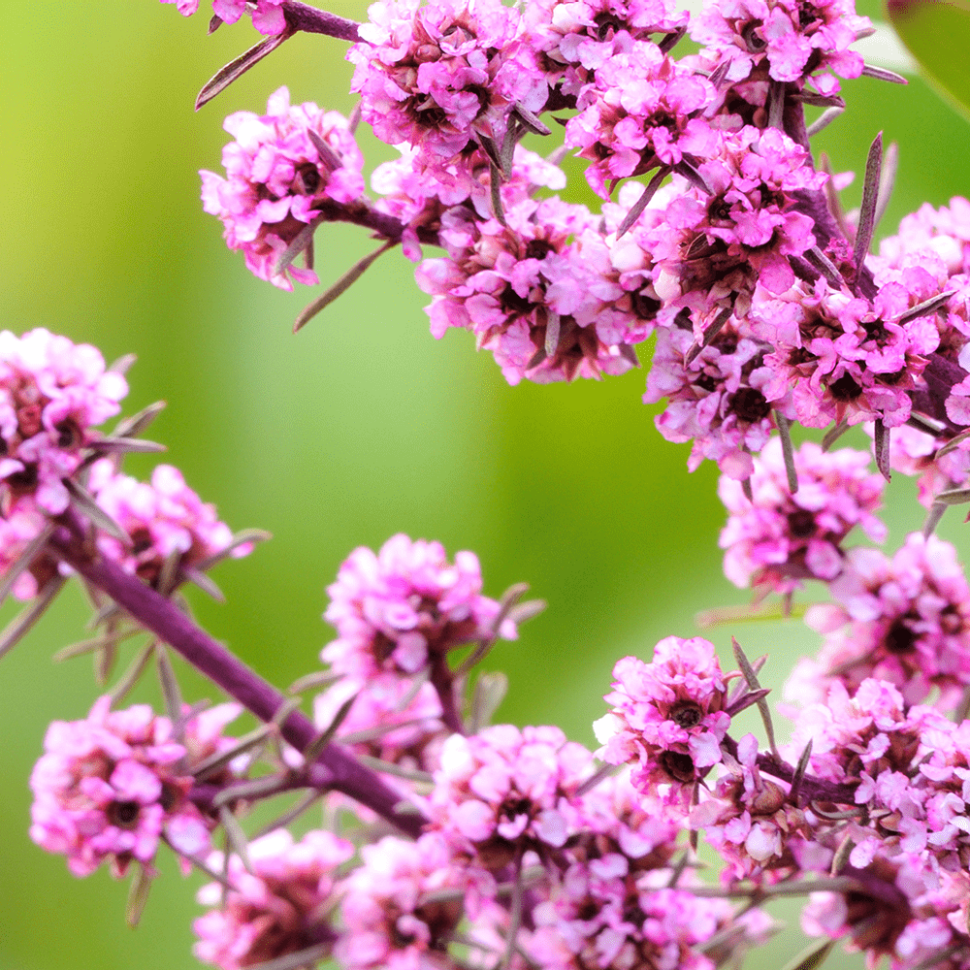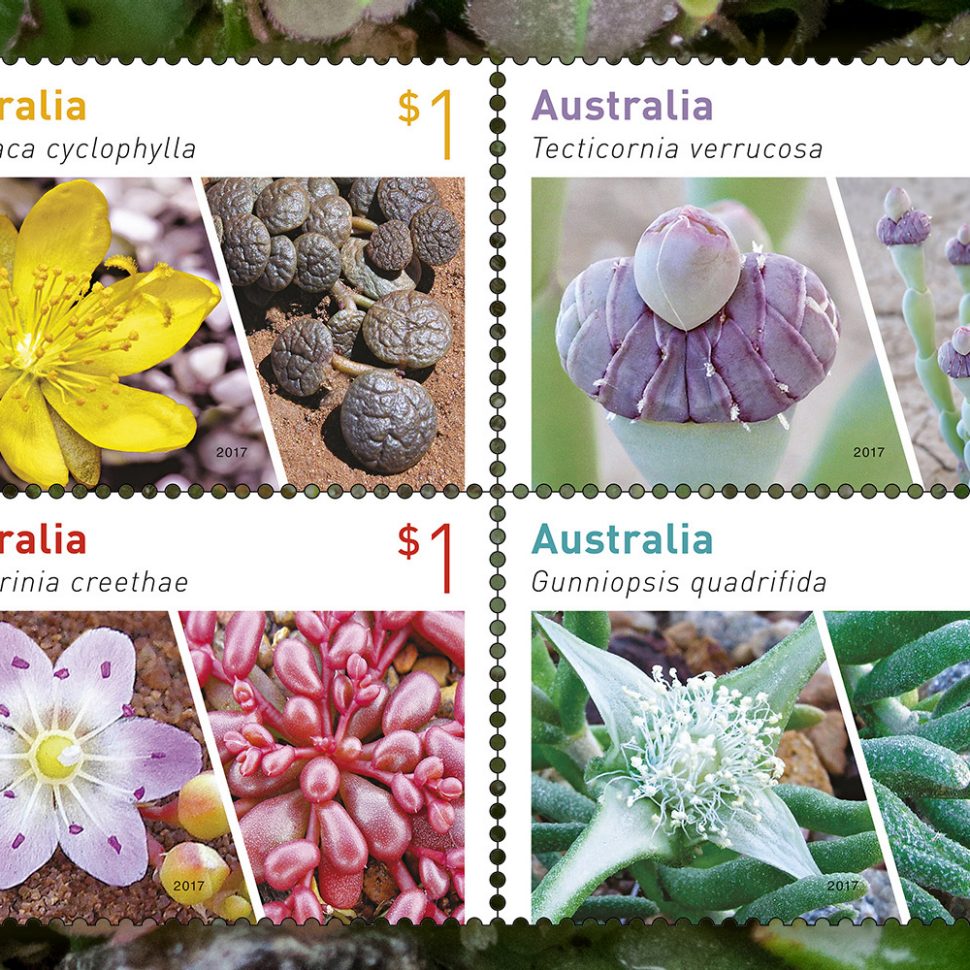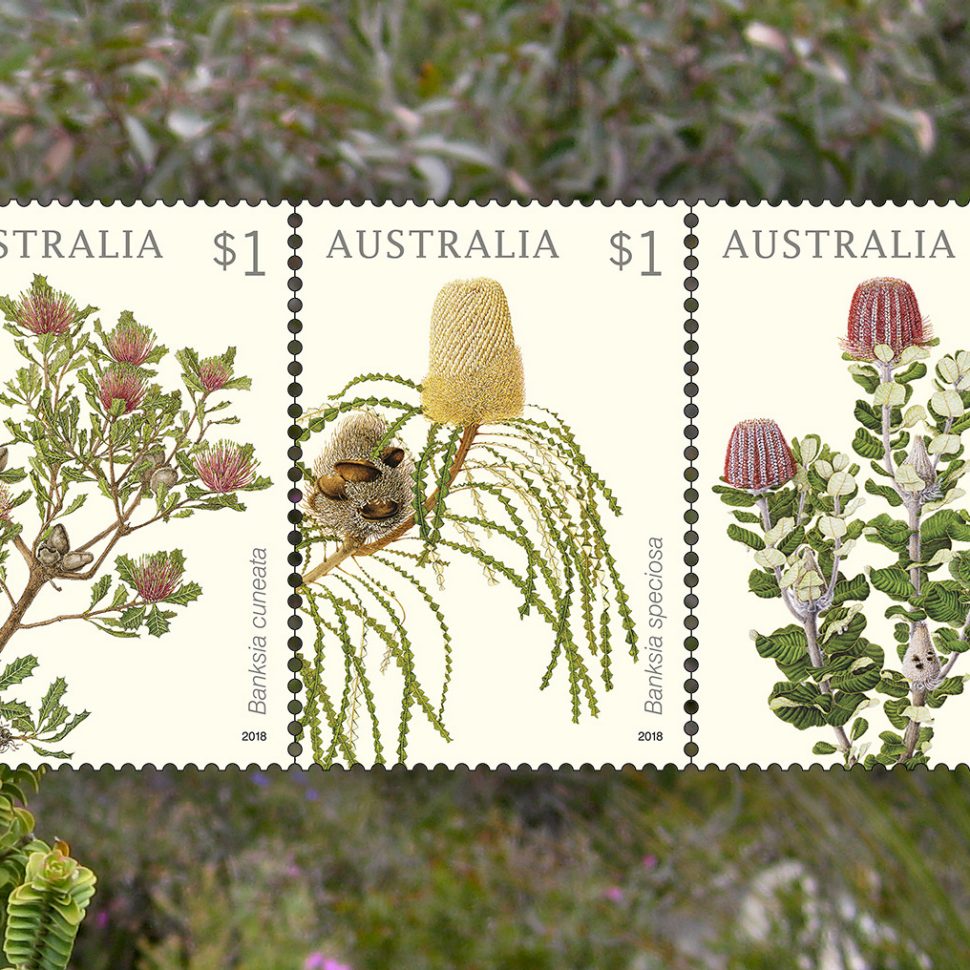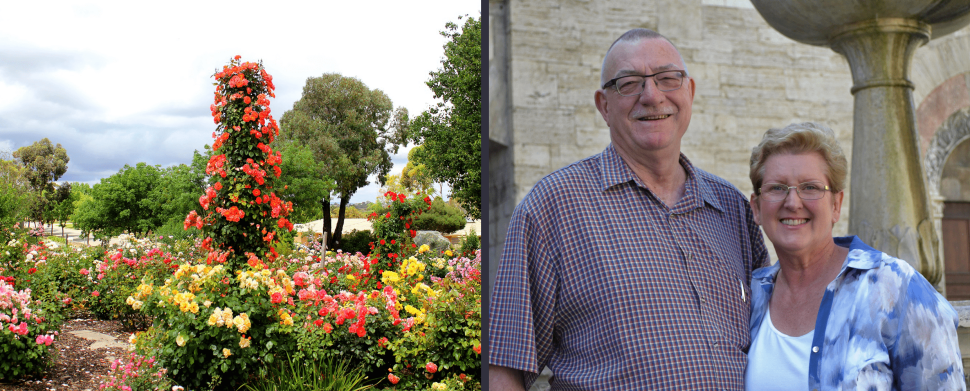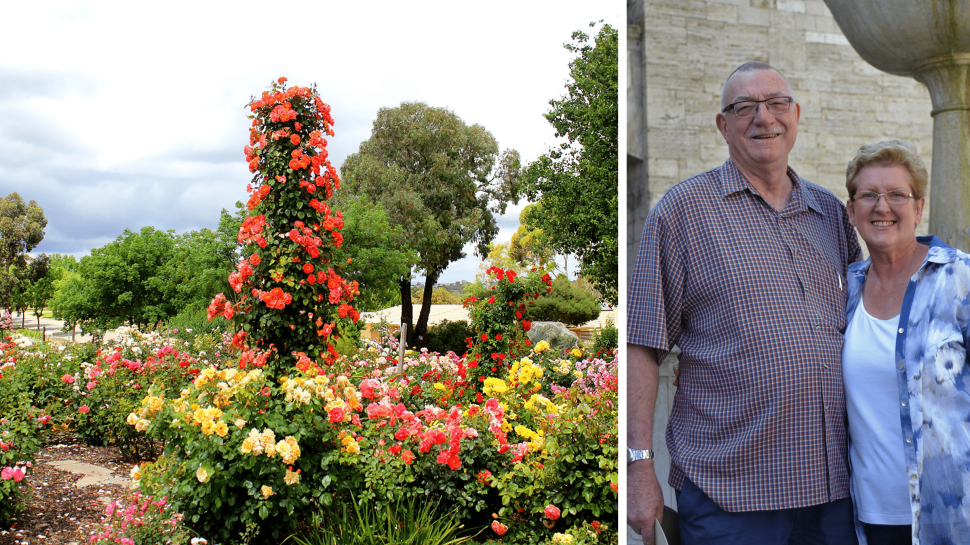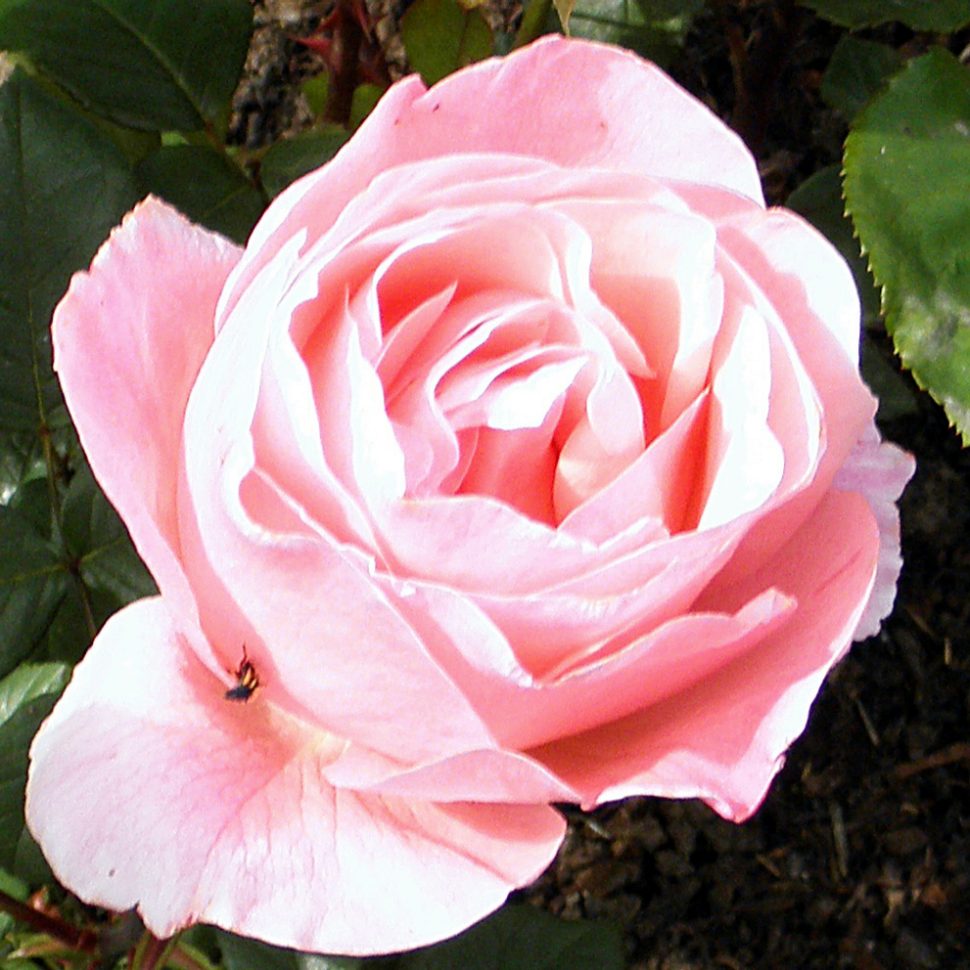Australian-bred Roses are rose cultivars that have been specifically bred for Australian conditions – a climate that is considered ideal for rose growing. While large, professional rose hybridisers are located mainly in Europe, the United Kingdom, the United States of America and New Zealand, Australia has produced some very reputable, mainly amateur, rose breeders.
Four beautiful Australian rose cultivars by four such breeders are presented in the Australian-bred Roses stamp issue, released on 13 September 2022: the late Alister Clark’s iconic 1924 rose ‘Lorraine Lee’, which was recently inducted into the Australian Bred Rose Hall of Fame; ‘Lady of Australia’ – the first Australian rose to take out the top gold medal at the National Rose Trial Awards, in 2018 and bred by Bruce Brundrett, in Victoria, an award-winning rose breeder whose family has spent almost 130 continuous years in the rose industry; the strong performing ‘Governor Marie Bashir’, bred by Paul Hains, in Queensland and named after a former governor and long-time rose society patron; and ‘Dusky Moon’, named the Australian Bred Rose of the Year in 2020, bred in New South Wales by Richard and Ruth Walsh. Included in the range of collectables is a rose-scented stamp pack.
The stamp release is timed in the lead-up to the World Rose Convention , a prestigious international rose event, which takes place every three years. The 2022 convention will be hosted by the National Rose Society of Australia, in Adelaide, between 27 October and 3 November 2022. It will feature exciting opening and closing events, a world-class lecture program over three days and garden visits. The event also coincides with a new horticultural event, the Adelaide International Rose and Garden Expo, which runs between 28 and 30 October.
Providing expert assistance to the researcher working on this issue were convention chairman, Kelvin Trimper AM, a world-renowned rose expert, and wife Melanie Trimper, a fellow rose enthusiast (who also provided some of the photographs featured in the stamp issue).
It’s possibly an understatement to say that the Trimpers live and breathe all things roses. This love is literally on display in their own one-acre garden, filled with more than 2,000 roses (including more than 100 David Austin roses), as well as 40 fruit trees, expansive lawns, hundreds of bulbs and a large vegetable garden. Established in 1993, with the help of Kelvin’s father Eric, this property has provided a wonderful hobby farm lifestyle and decades of enjoyment. The pair also opened their garden in the 1990s for charity fundraisers, the last attracting 500 patrons.
Kelvin has spent a lifetime enjoying the beauty of the rose, sharing his knowledge of roses and gardening, and has developed life-long friendships with “rosarians” in Australia and internationally. He is a world-renowned and respected rose expert, with one of his most celebrated achievements his election as president of the World Federation of Rose Societies, in 2015 (something Kelvin describes as a “huge honour”) and receiving the society’s Gold Medal at the end of his term. He has also served as president of both the National Rose Society of Australia and the Rose Society of South Australia, and has received numerous awards, including the Australian Rose Award, in 2012, and the T.A. Stewart Memorial Award, in 2013 – the highest honours for service to the rose in Australia. In 2018, Kelvin was appointed a Member of the Order of Australia (AM) for his leadership qualities and contribution to property development and horticulture.
“I’ve always loved all kinds of plants, both natives and exotics, but particularly roses,” says Kelvin.
“Growing up in Renmark with world famous rose experts David Ruston OAM and my father, Eric, I too soon developed a deep and true passion for roses” Kelvin adds.
Kelvin admires roses for their many qualities, including the number of varieties, the diversified colours and blends, as well as the fact that they have a long flowering period of usually nine months or more and can be used in all landscape situations, even as a miniature rose in a pot on a small patio.
“Roses symbolise friendship, love and peace and are integral to our culture. There are so many different ways they can be grown, and new varieties are introduced every year,” notes Kelvin.
Kelvin’s favourite rose is ‘Gold Bunny’, a beautiful Floribunda bred by Meilland, France and introduced in 1978. It is bright gold in colour with a classic rose shape and light fragrance, Gold Bunny is one of the earliest roses to flower in spring and keeps blooming until early winter.
Melanie Trimper’s love affair with roses started in the 1970s, as a teenager.
“My mother established a suburban rose garden in the 1960s, choosing popular Hybrid Teas. If I wanted to talk to her, I needed to go out where she was dead-heading, watering or admiring the display. Invariably, the conversation would turn to a discussion on roses, and this is where my education began!”
“Suffering from arthritis, mum believed tending her roses was an excellent form of gentle exercise,” adds Melanie.
In 1980, Melanie bought a house and planted her first roses, including several she had admired in her mother’s garden. Following a career as a legal secretary and then in the wine industry, Melanie and Kelvin met at a wine function.
“Marrying into the Trimper family meant I couldn’t resist becoming a rosarian taking up my husband's hobby of rose growing and exhibiting,” says Melanie.
“I love growing roses to experience the change of the seasons. My favourite time is the spring flush when the garden is at its best. In the tranquil morning light, the impact, colour and scent of the display is simply breathtaking,” adds Melanie.
“For us, growing roses is a family affair. I have many fond memories of our children playing and working in the garden. Certainly, there has been significant work involved in maintaining 2,000 roses for the past 28 years, but it has become our lifestyle,” says Melanie.
Melanie also joined the Woodville Academy of Floral Design 20 years ago and has enjoyed exploring the art of flowering arranging. For the past 10 years, Melanie has also been a keen rose photographer, something that started with photographing the “Rose of the Month” for the Rose Society of South Australia . Melanie’s photograph of ‘Lorraine Lee’ features on the stamp.
“I am not usually an early riser, but just after sunrise one November morning I wandered around the garden and spotted a beautiful bloom of ‘Lilac Rose’ shimmering with dew. I was compelled to fetch my camera before the dew vanished. I still remember that moment and love the photo that captured the rose in all its glory.”
“To get quality rose photos usually takes a little bit of planning. For me the most important elements are natural lighting and the quality of the rose to be photographed. I prefer to take rose photographs in the morning or in overcast conditions to try to avoid distracting shadows on the petals. Sometimes visiting a garden it’s very sunny and its unavoidable. I also prefer using a sharp focus and try to achieve depth of field in my photos,” says Melanie.
“It is wonderful to see some of Australia’s locally bred roses being featured on postage stamps this year. As Australians, we should all have a few of these great Australian-bred roses in our gardens!”
The Australian-bred Roses stamp issue is available now, online, at participating Post Offices and via mail order on 1800 331 794, while stocks last.
This content was produced at the time of the stamp issue release date and will not be updated.
